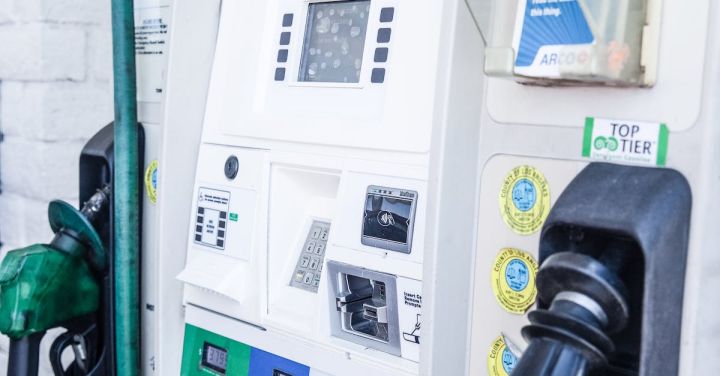The evolution of locomotives has been a remarkable journey from steam to diesel power. This progression has not only revolutionized the transportation industry but also played a significant role in shaping the modern world. Let’s explore how these technological advancements have taken place.
In the early 19th century, steam locomotives became the pioneers of rail transportation. These colossal machines were powered by steam engines, which generated power through the combustion of coal. The steam engines would heat water to produce steam, which was then used to drive the locomotive’s wheels. This breakthrough invention allowed trains to transport goods and people over long distances at unprecedented speeds.
However, steam locomotives had their limitations. They required a constant supply of coal and water, making them inefficient and time-consuming to operate. Additionally, they had a slow acceleration and needed frequent stops to refuel. This led to the quest for a more efficient and reliable alternative.
Enter the diesel locomotive. In the early 20th century, diesel-powered engines began to dominate the locomotive industry. Unlike their steam counterparts, diesel locomotives used internal combustion engines to generate power. These engines burned diesel fuel, which produced energy to propel the train forward.
The transition from steam to diesel power brought numerous advantages. Diesel locomotives were more fuel-efficient, allowing trains to travel longer distances without refueling. They also had a faster acceleration, enabling trains to reach higher speeds quickly. This improvement in speed and efficiency made the transportation of goods and people more economical and convenient.
Moreover, diesel locomotives were more environmentally friendly compared to their steam counterparts. Steam locomotives produced large amounts of smoke and soot, contributing to air pollution. In contrast, diesel engines emitted fewer pollutants, making them a greener choice for rail transportation.
The introduction of diesel-electric locomotives further enhanced the efficiency and performance of trains. These locomotives utilized electric motors powered by diesel engines, offering better control over power distribution. The diesel engine would generate electricity, which would then be used to power the electric motors that drove the wheels. This hybrid system allowed for smoother acceleration and greater control over the train’s speed.
With the advancement of technology, locomotives continued to evolve. Modern diesel locomotives now incorporate sophisticated computer systems and advanced control mechanisms. These innovations have improved safety features, maintenance processes, and overall performance.
However, the progression of locomotives did not stop at diesel power. In recent years, there has been a growing interest in developing alternative energy sources for trains. Electric locomotives, powered by overhead electric lines or onboard batteries, have emerged as a promising alternative. These electric trains offer even greater energy efficiency and reduced emissions, further contributing to a sustainable future for rail transportation.
The progression from steam to diesel locomotives has been a testament to human ingenuity and innovation. Each step forward has brought us closer to an efficient, environmentally friendly, and technologically advanced transportation system. As we continue to explore new frontiers in locomotive development, it is exciting to imagine what the future holds for the world of trains.
